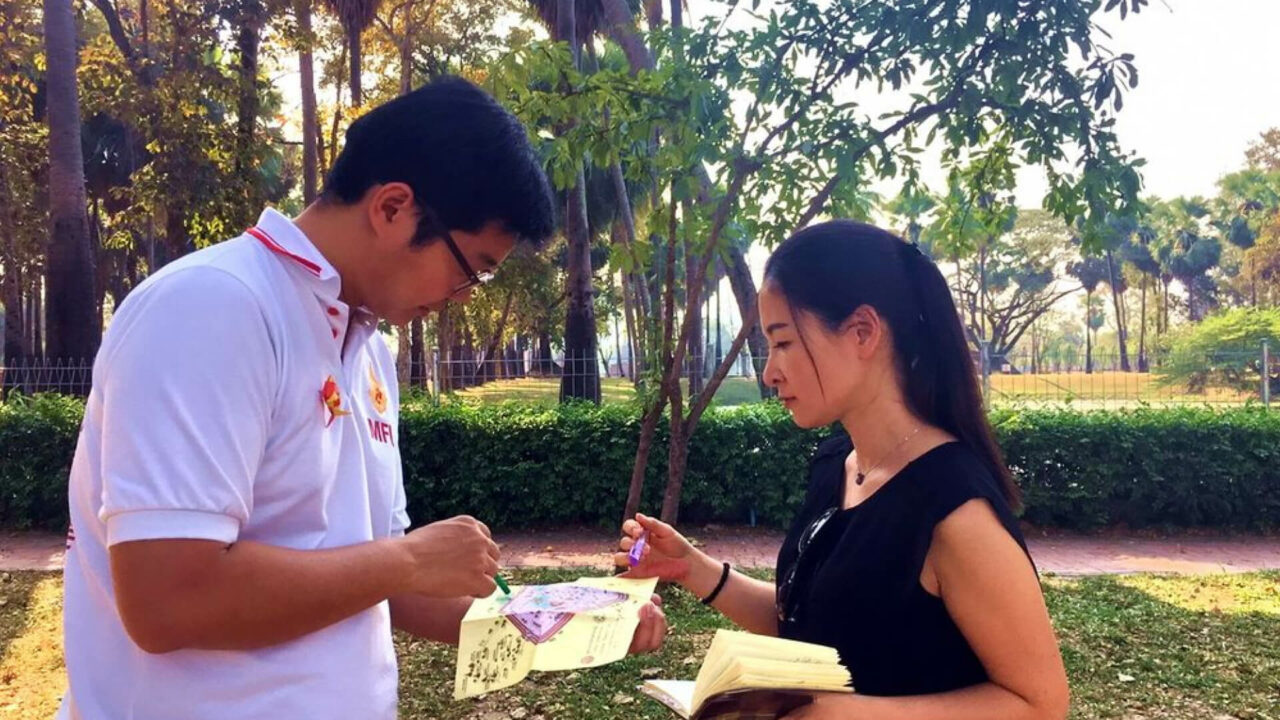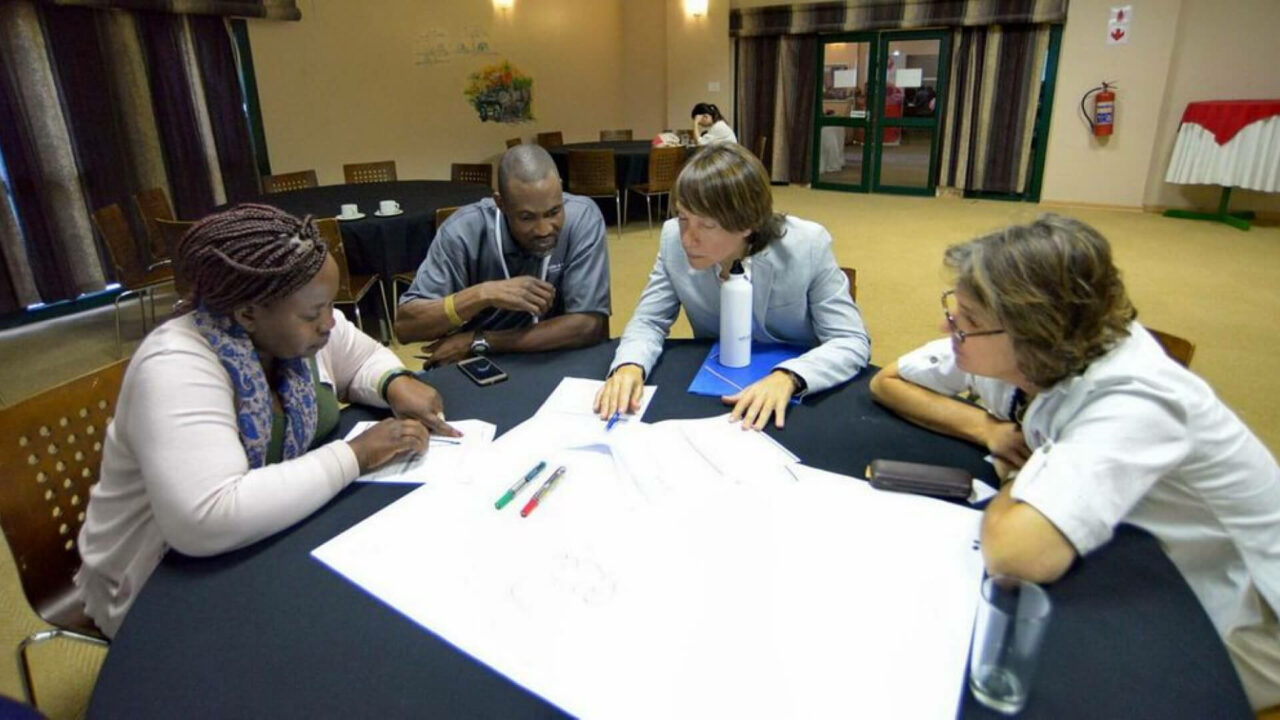Traveling more sustainably begins long before a journey begins. With careful planning, everyone can make choices that are better for people and for the planet. But how can anyone know if their travel plans are truly sustainable? Begin with Global Sustainable Tourism Council (GSTC) standards.
In 2007, the United Nations created the GSTC to establish standards for sustainable tourism globally and act as the international accreditation body for sustainable tourism certification. In doing so, the GSTC provides the measurement tools that hold the industry accountable, with both a vision and goals.
But its mission is much broader. The organization advances collaboration to foster sustainable travel experiences across every facet of a journey, including the economic and social impacts on local host communities.
GSTC CEO Randy Durband leads this international effort for broad adoption of recognized measurement systems, working hand-in-hand with stakeholders around the world. This aligns with Boom’s vision for the future of sustainable travel, and Boom recently joined the GSTC to support their efforts. At the recent Net Good Summit, Durband shared an insider’s perspective on the vital need to verify sustainability claims, and how criteria developed by the GSTC has laid the foundation.

Sustainable tourism’s four pillars
Tourism’s impact on the environment is broad, including everything from the energy we consume at hotels to the resources required to grow the food we eat. According to Durband, using the GSTC Criteria to measure this impact is the key to igniting change.
Today, the criteria are used for education and awareness-raising, policy-making for businesses and government agencies, measurement and evaluation, and as a basis for certification.
They are the result of a worldwide effort to develop a common language about sustainability in tourism, and are arranged in four pillars:
- Sustainable management
- Socioeconomic impacts
- Cultural impacts
- Environmental impacts (including consumption of resources, reducing pollution, and conserving biodiversity and landscapes)
The criteria are the minimum, not the maximum, which businesses, governments, and destinations should achieve to approach social, environmental, cultural, and economic sustainability.

Mending a fragmented experience
According to Durband, many businesses and organizations measure sustainability inconsistently, which results in a fragmented experience for the consumer.
“When people think of sustainable travel, they often do so without looking at the entire journey, and that’s because the journey involves so many different purchases, from airfare to lodging to recreation,” he said. “When you choose an eco-lodge or hotel with sustainable practices, you’re barely scratching the surface of your travel footprint. There’s so much that’s missing, and it’s impossible to know to what extent your travel plans are sustainable. The result is often unsustainable tourism that fails to benefit local communities, and that can also do real harm to historic sites and the environment.”
“This is where businesses can take action by adopting and implementing the GSTC Criteria,” continued Durband. “When they lay the groundwork, consumers can make better decisions.”
Some of the easiest things for businesses to change are often overlooked. Durband shared four examples:
Plastic waste. With 80% of tourism taking place in coastal areas, single use plastics can easily end up in oceans and waterways. Most plastic can be eliminated or replaced with reusable alternatives.
Food waste. Roughly 1.3 billion tons of food is lost or goes to waste each year, equivalent to one third or even up to one half of all food intended for human consumption. The hospitality industry, which has been heavily accused of contributing to this problem, can adopt better practices to reduce waste.
Overcrowding. Too many visitors can spell trouble for local infrastructure and residents. It’s no secret that tourists make extensive use of local resources, and then leave. Local governments and tour operators, not to mention tourists themselves, can rethink the issue.
Water. Tourism represents 1% of the world’s consumption of water, yet most tourists are oblivious to how much water they use. In truth, they consume much more water than local residents. By educating guests, and adopting water conservation practices, the lodging sector can make a difference. (According to the World Tourism Organization (UNWTO), each guest in European hotels consumes an average of approx. 394 liters per night. By contrast, at home, the average European consumes between 120 and 150 liters per day.)

Corporate travel can lead the way
Durband sees significant progress when corporate travel buyers leverage their purchasing power for environmental as well as economic results. For example, companies that buy wholesale hotel space can trigger industry-wide improvements by insisting on GSTC-certified, sustainable facilities and practices. This approach also causes each company to set sustainable goals for their own vendors across supply chains.
“We’re on our way to securing agreement from many businesses to pivot toward sustainable standards, which requires a few years transition to ensure all suppliers can conduct external verification,” explains Durband. “The critical aspect is that it’s put in motion. You have to put the policy in place, and then communicate to all of your suppliers that this is what you want from them — and then hold them true to it. The incentive of keeping or getting a contract from a buyer is often incentive enough for a supplier to move quickly.”

Consumer demand ignites change
Durband stresses that it’s always important to keep sight of tourism’s many benefits. Along with helping people develop a stronger understanding of cultures outside their personal experience, tourism dollars fuel preservation efforts for historical and archeological sites, as well as nature and wildlife conservation. Tourism also creates jobs, bringing employment to communities with limited opportunities.
Durband’s words of advice for consumers and businesses is the same: Pursue sustainable choices throughout the travel journey, verify your choices using respected criteria, and never stop encouraging others to seek out and insist on sustainable practices.
“Whether you’re an individual traveler or corporate wholesaler, I encourage everyone to ask about sustainability practices, then ask how those practices are measured and verified,” concludes Durband. “Ask the hotel about its water use. Request an electric vehicle when you rent a car. Plan trips to less crowded places. You’ll be surprised at how much the proactive attitude of consumers can ignite change within an industry.”
Click here to learn more about the GSTC and here to learn more about the Sustainable Travel Forum.







